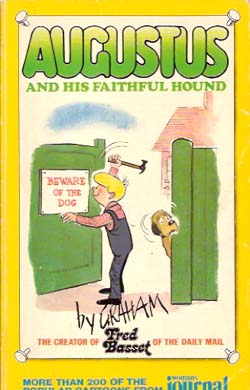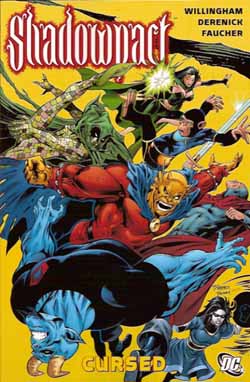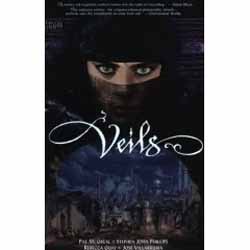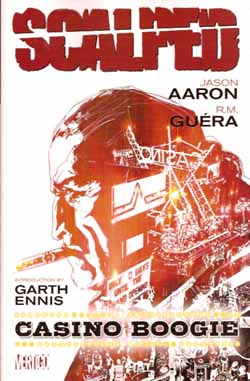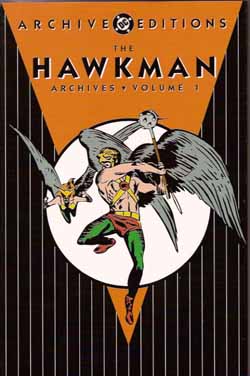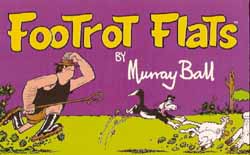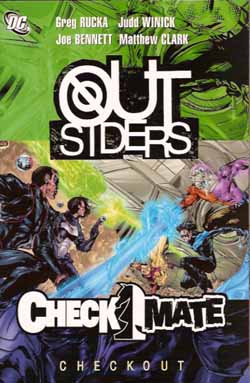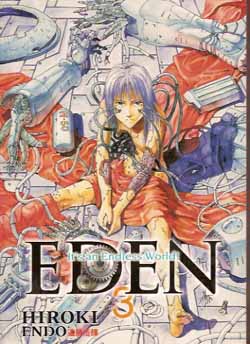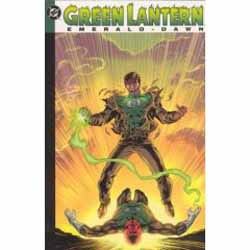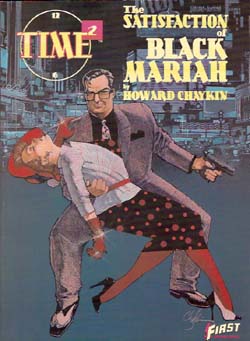
By Howard Chaykin, with Ken Bruzenak, John Moore, Richard Ory & Steve Oliffe (First Comics)
ISBN: 0-915419-23-8
The final foray into the fantastic night world of Howard Chaykin’s pan-fascinational universe (OK, I made that term up, but what would you call a place to tell stories in, constructed from an author’s interests, hobbies, artistic influences and bug-bears?) is an even more frenetic riot of Fashion, Jazz, robots, magic, heroism, cynicism and debauchery, delivered with astounding panache in a riot of literally Graphic Bravura.
Time2 is an impossibly engaging concept with a cast of archetypal Chaykin characters, which is welcome enough, but the deceptively easy marriage of style, design and especially Ken Bruzenak’s typography, into classically de-structured stories of a decidedly Noir-ish nature, with layer upon layer of visual information bombarding the viewer is a delight that I cannot imagine any other medium capable of. This is unique and perfect Comic Art.
The Square is a nebulous mystical, nightside place with magic and super-science equally prevalent, populated with narrative icons like gangsters, monsters, robots, zombies, feisty girl-reporters and smooth heroes, plus all the other vital extras and bit-players who populate the most memorable fiction. It is the ultimate arena for adult story-telling, and this particular one concerns the effects of a demon-possessed prostitute, a nymphomaniac police-car that’s assaulting citizens, and a deadly secret kept by corporate powerhouse Rossum’s Universal Robots that threatens to destabilise everything.
Even Bog-Monster Cop Bon Ton MacHoot is laid low leaving reluctant good-guy and oh-so-cool wise-ass Maxim Glory to sort out the mystery of the Oversoul and the Big Conk…
Hopefully that précis has left you baffled and hungry because this is another of those too-rare pieces that you should actually read and not read about. Chaykin has stated that he’s not the same person as the one who produced this and its predecessor Time2: The Epiphany (ISBN: 0-915419-07-6) so the chance of the fabled third volume ever appearing are agonisingly slim, but at least we have these and the prequel (American Flagg! Special) to admire and revel in. Have I mentioned that the entire output would fit perfectly into one average-sized modern trade paperback? Surely some publisher out there can see the commercial sense in that proposition?
Time2: The Satisfaction of Black Mariah; hunt it down and adore it!
© 1987 First Comics, Inc. and Howard Chaykin Inc. All Rights Reserved.

